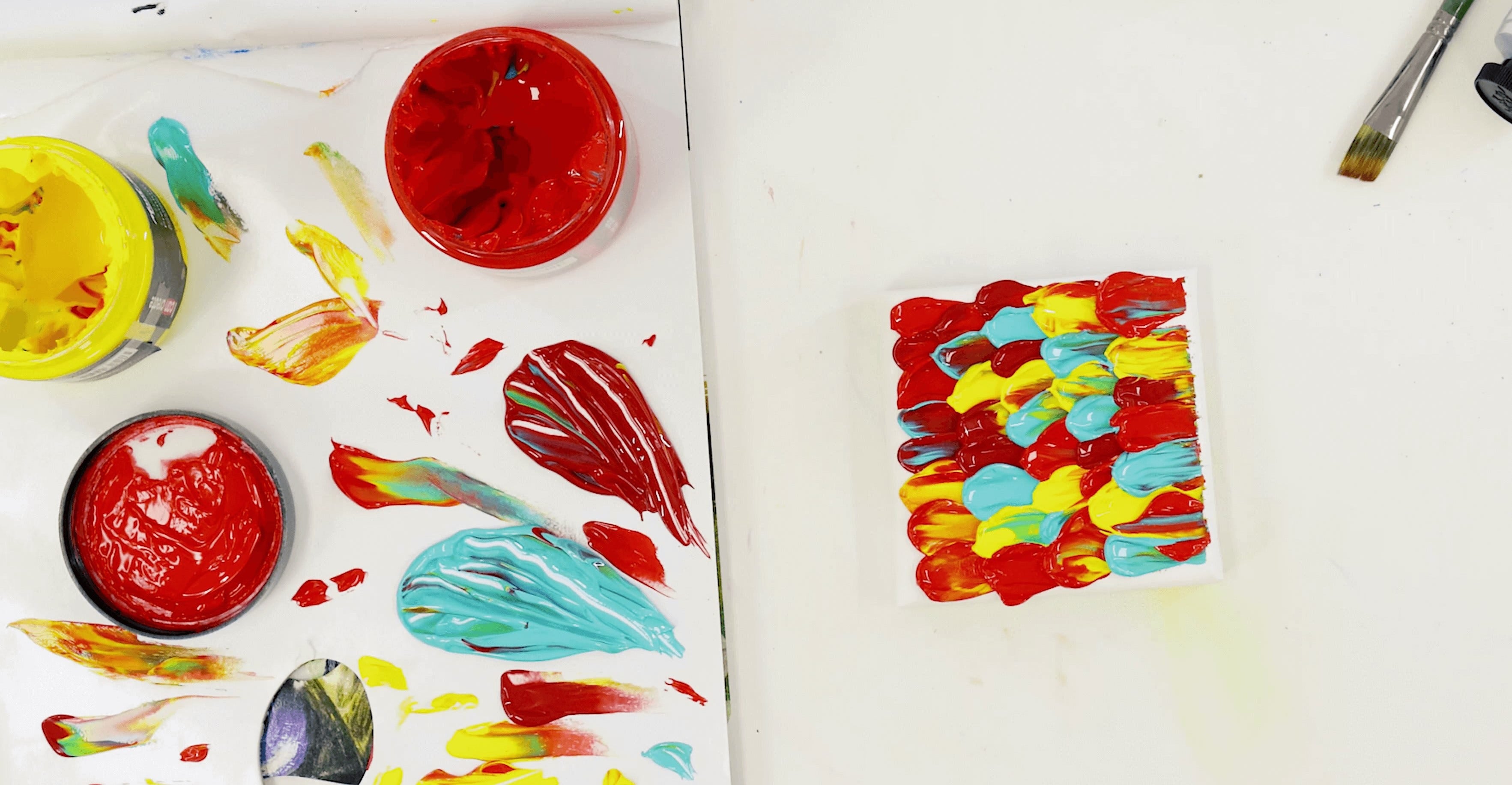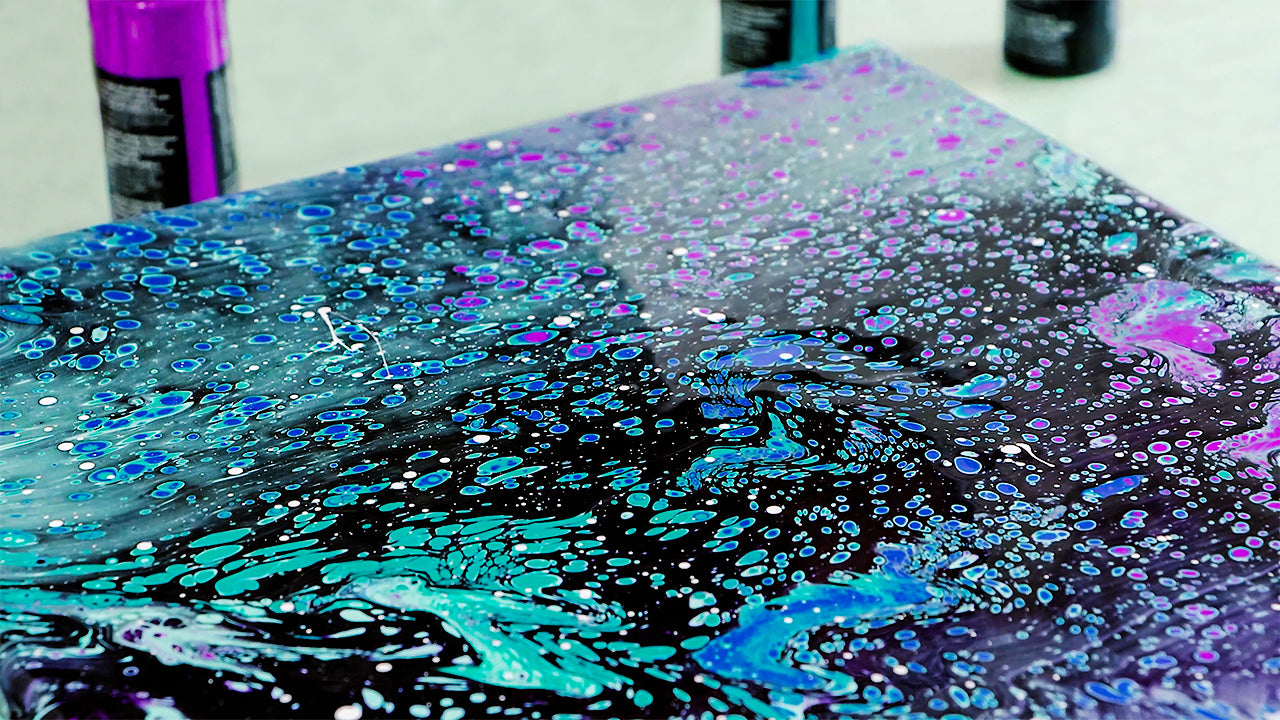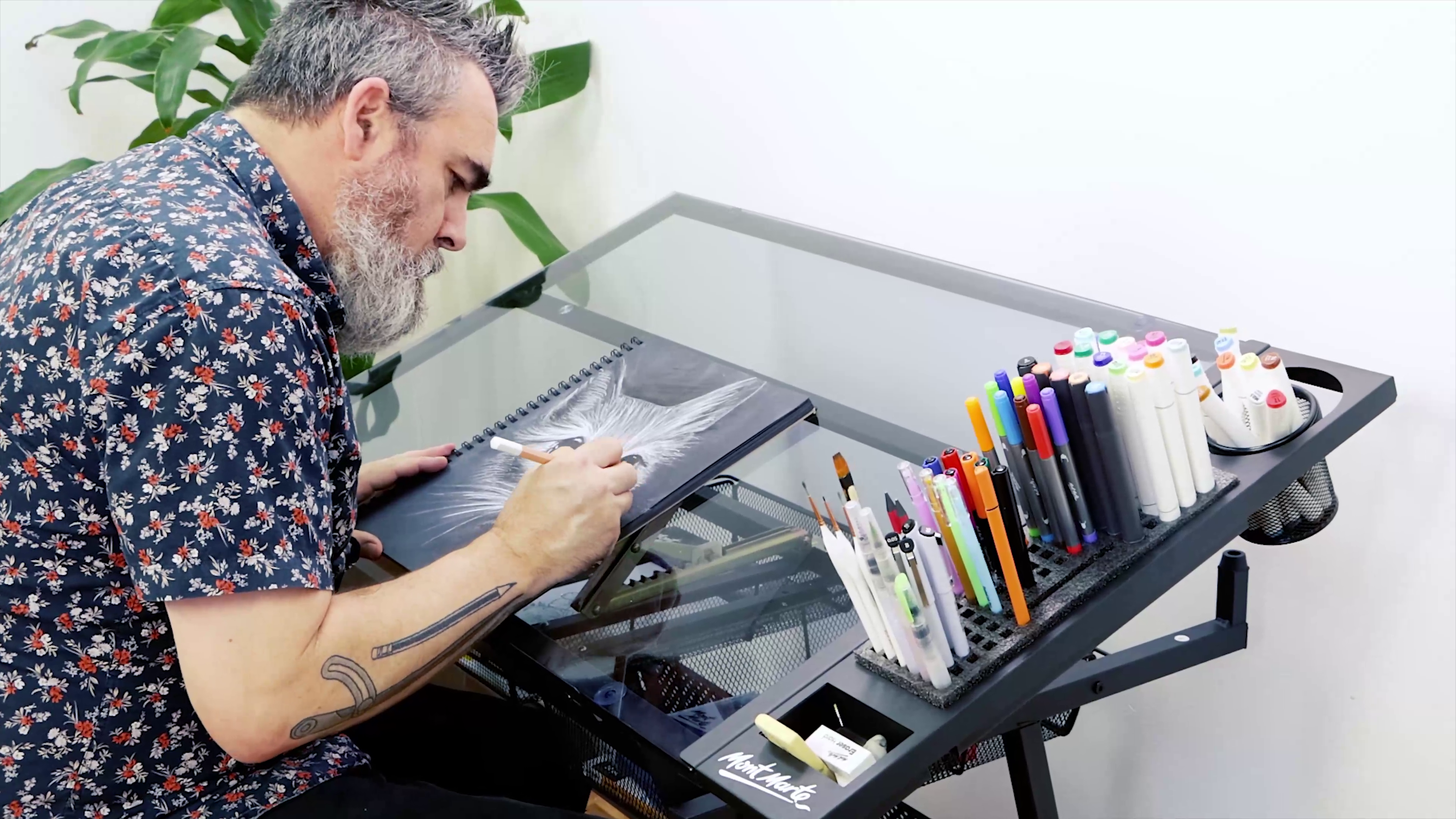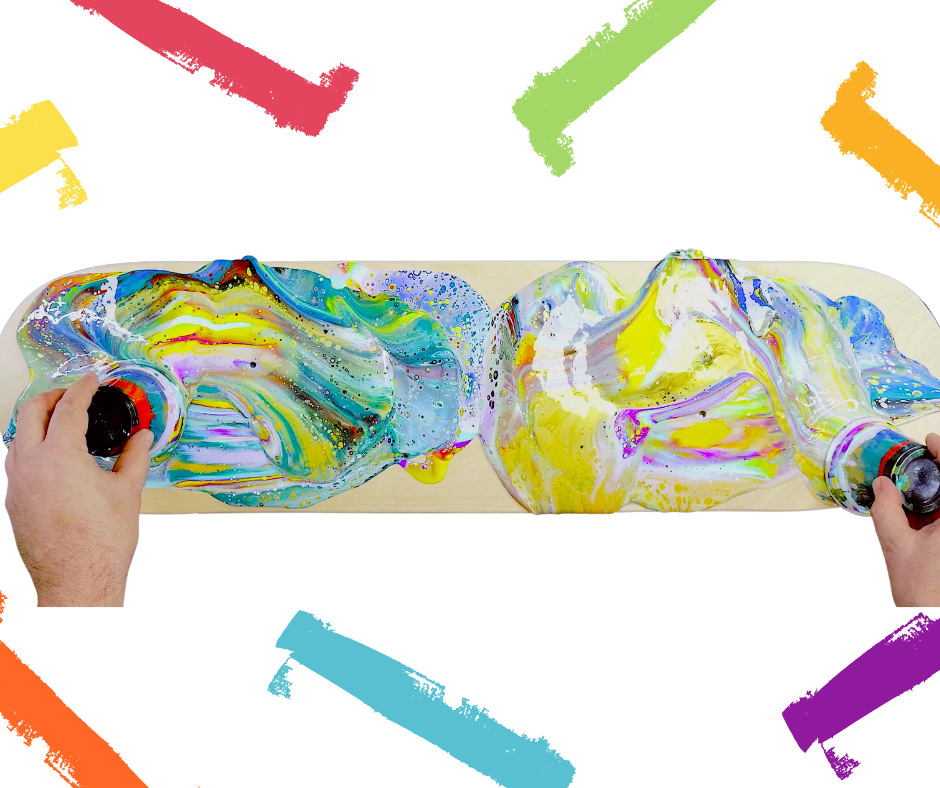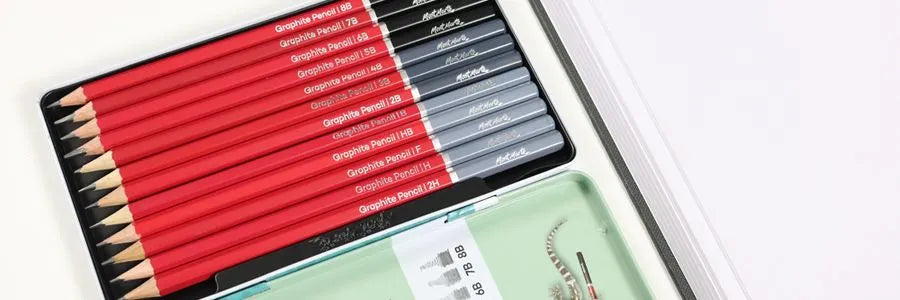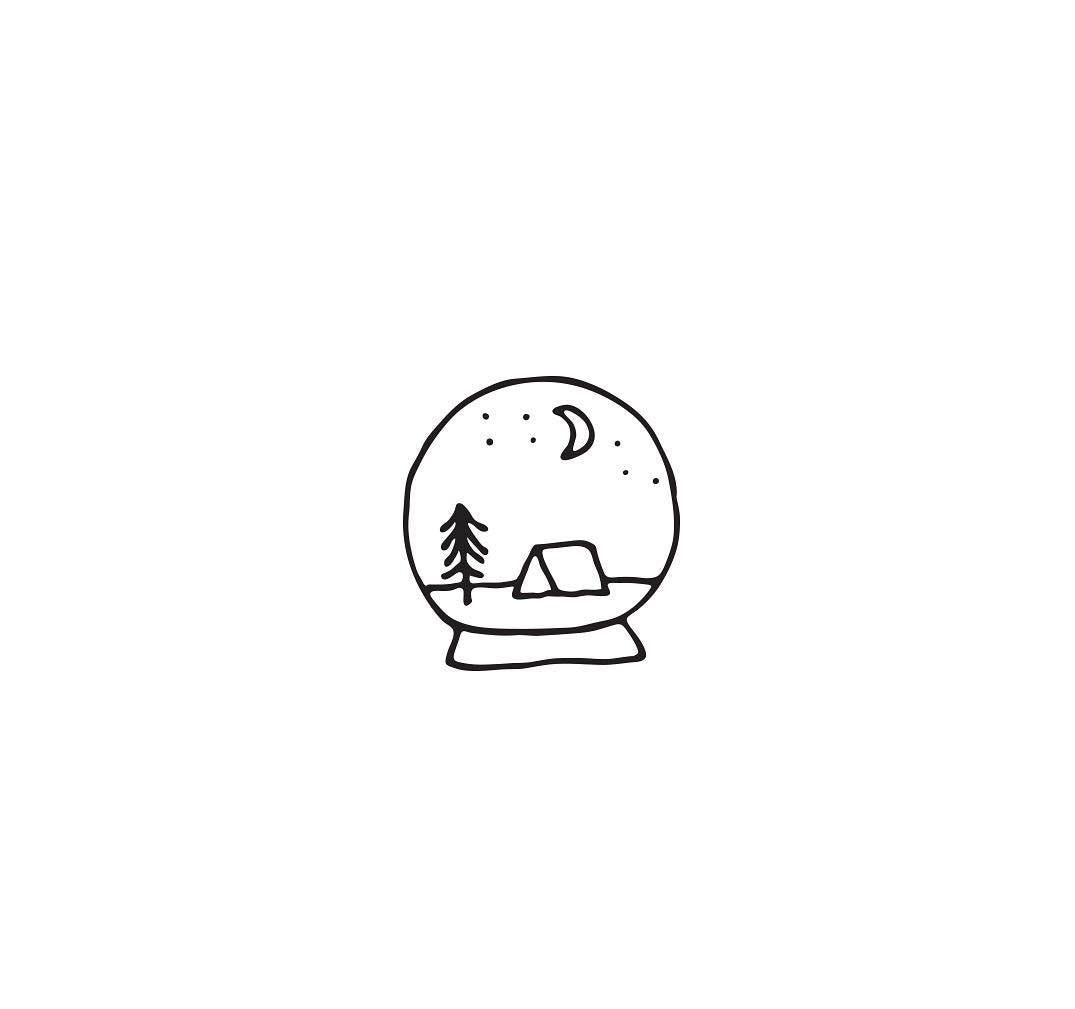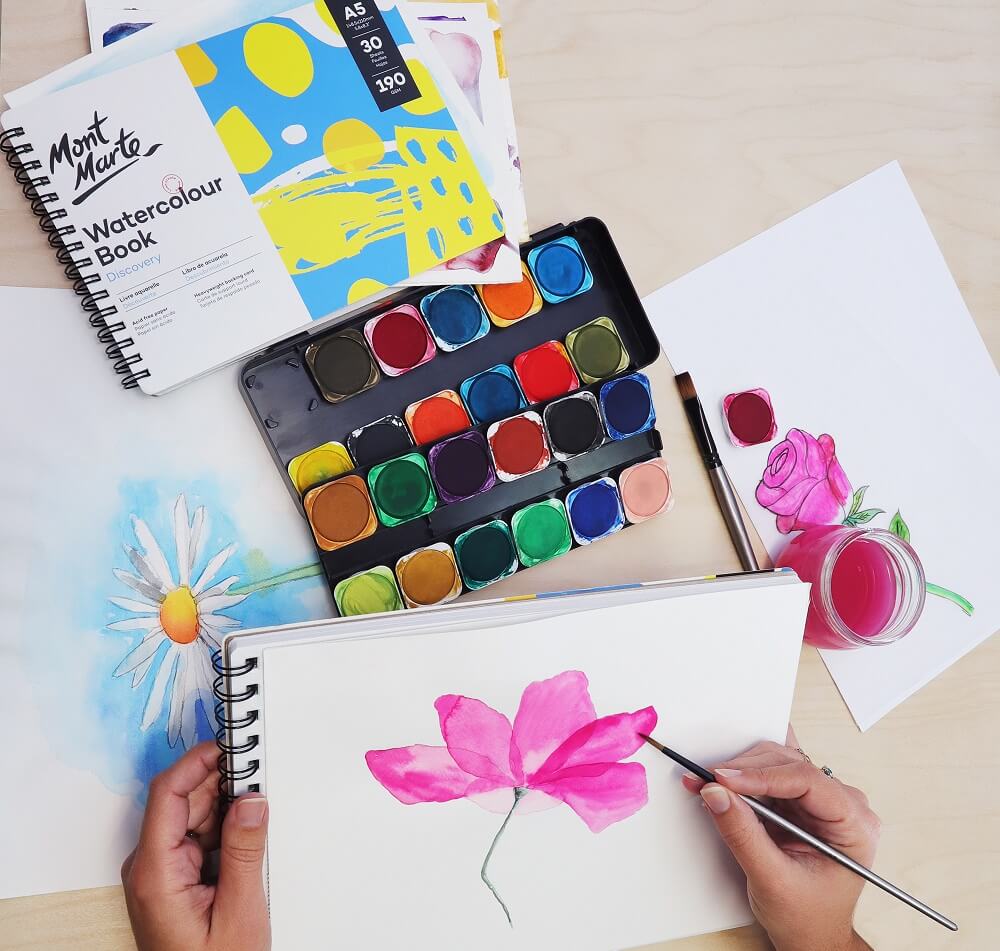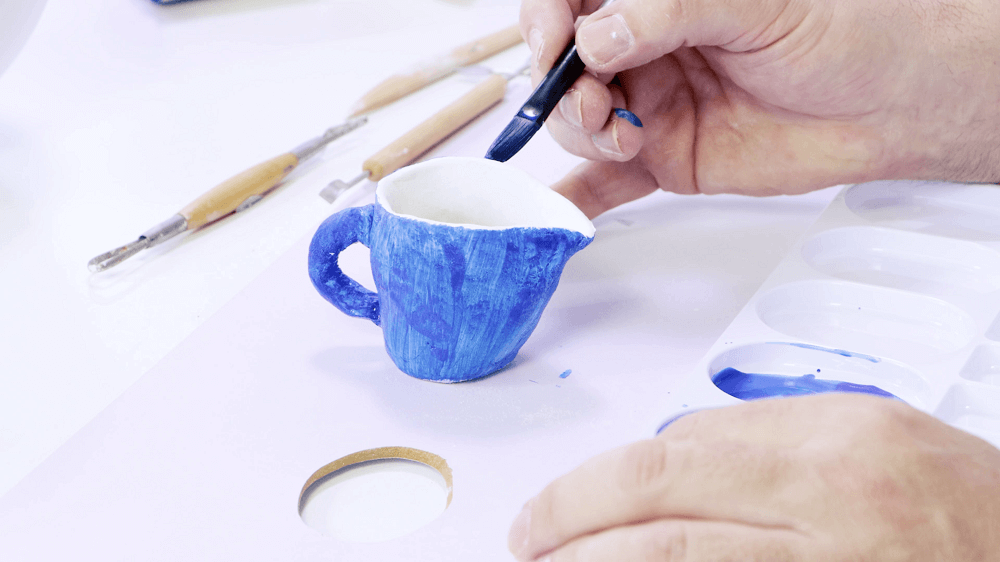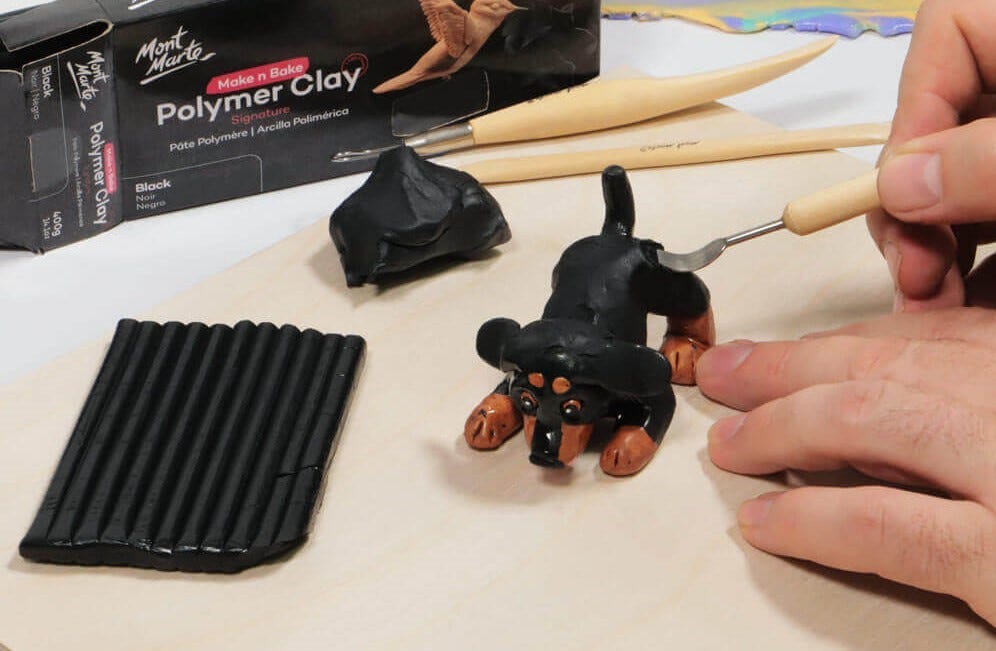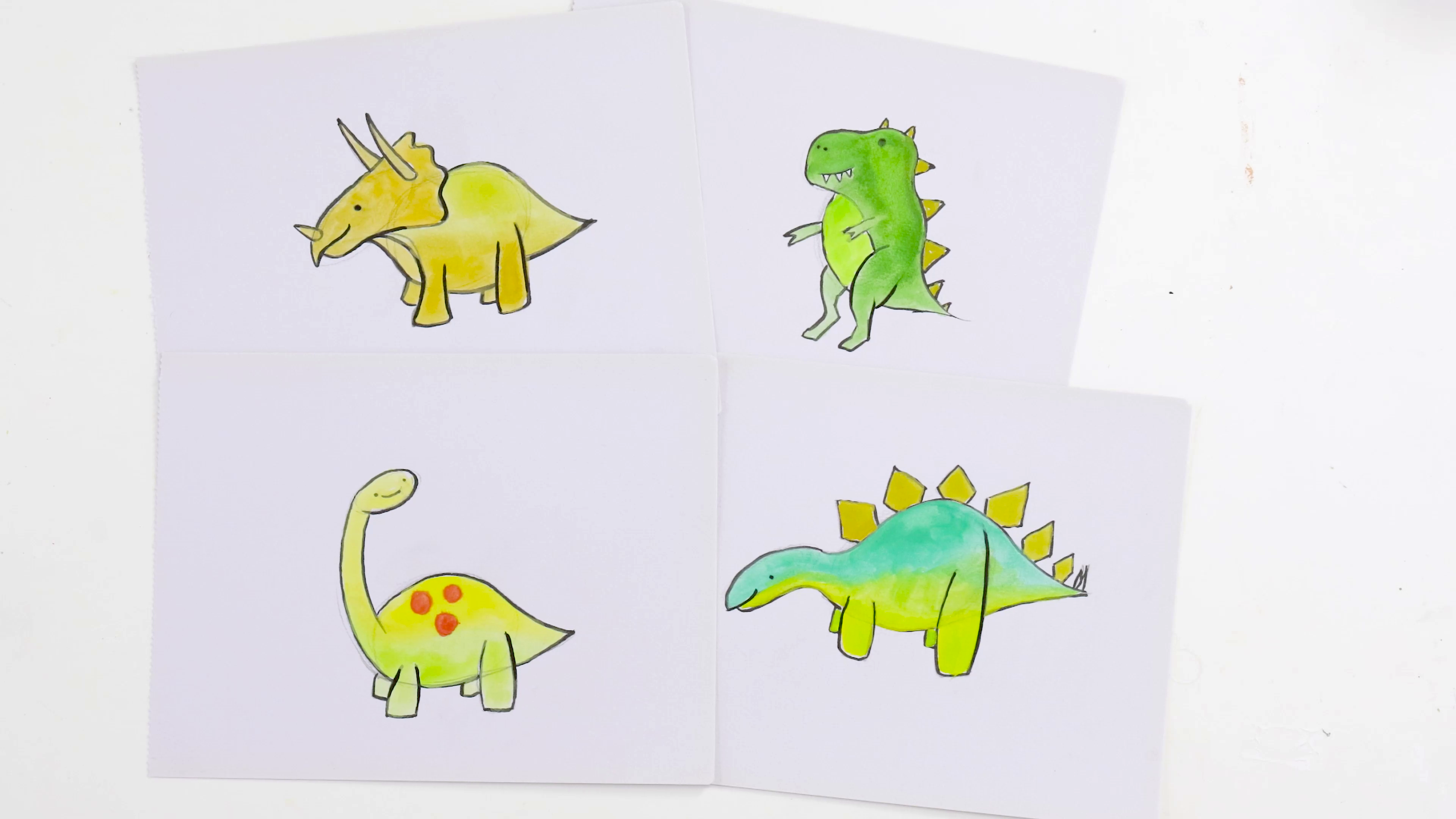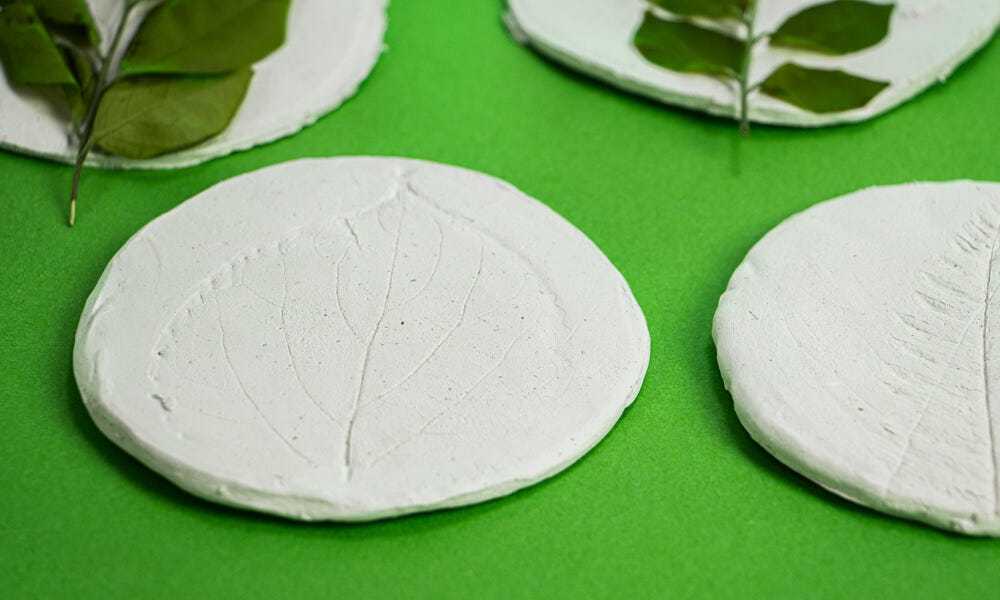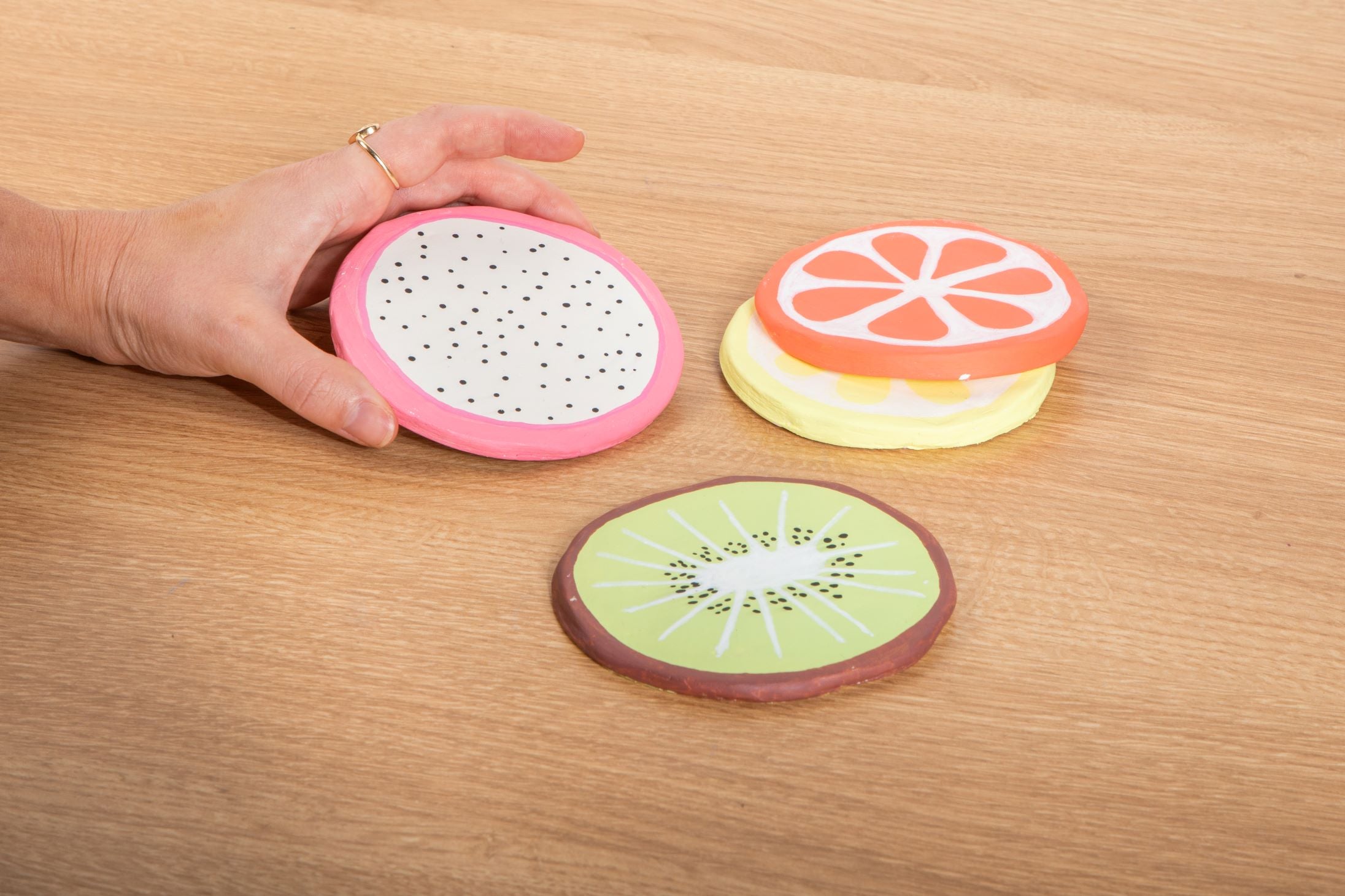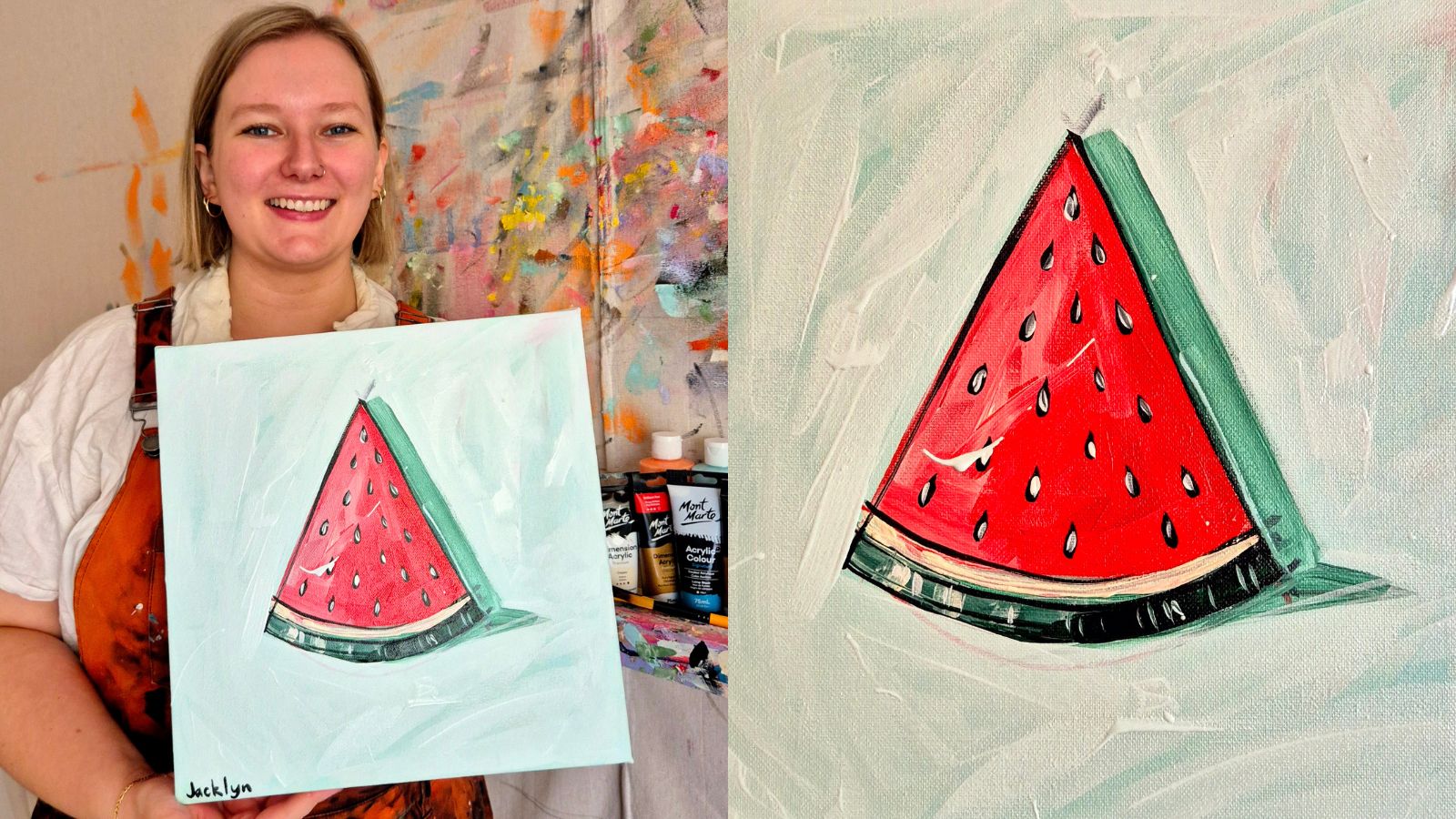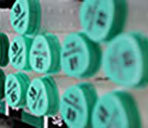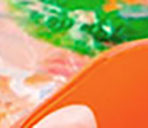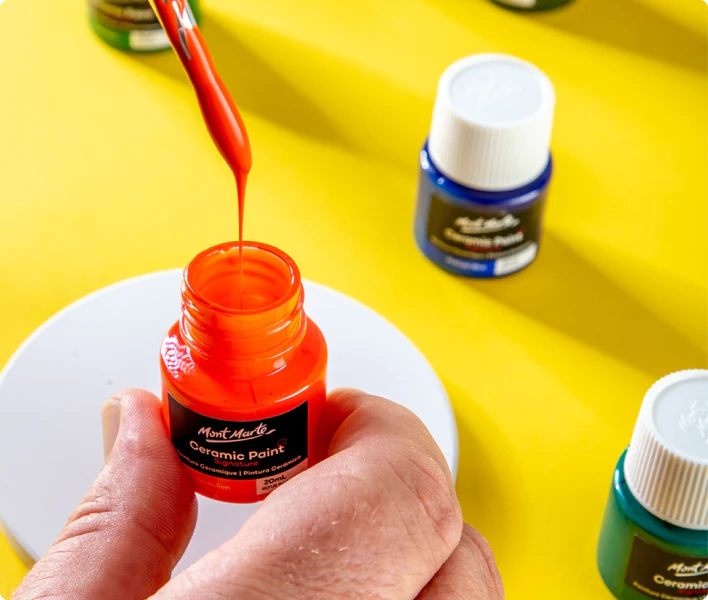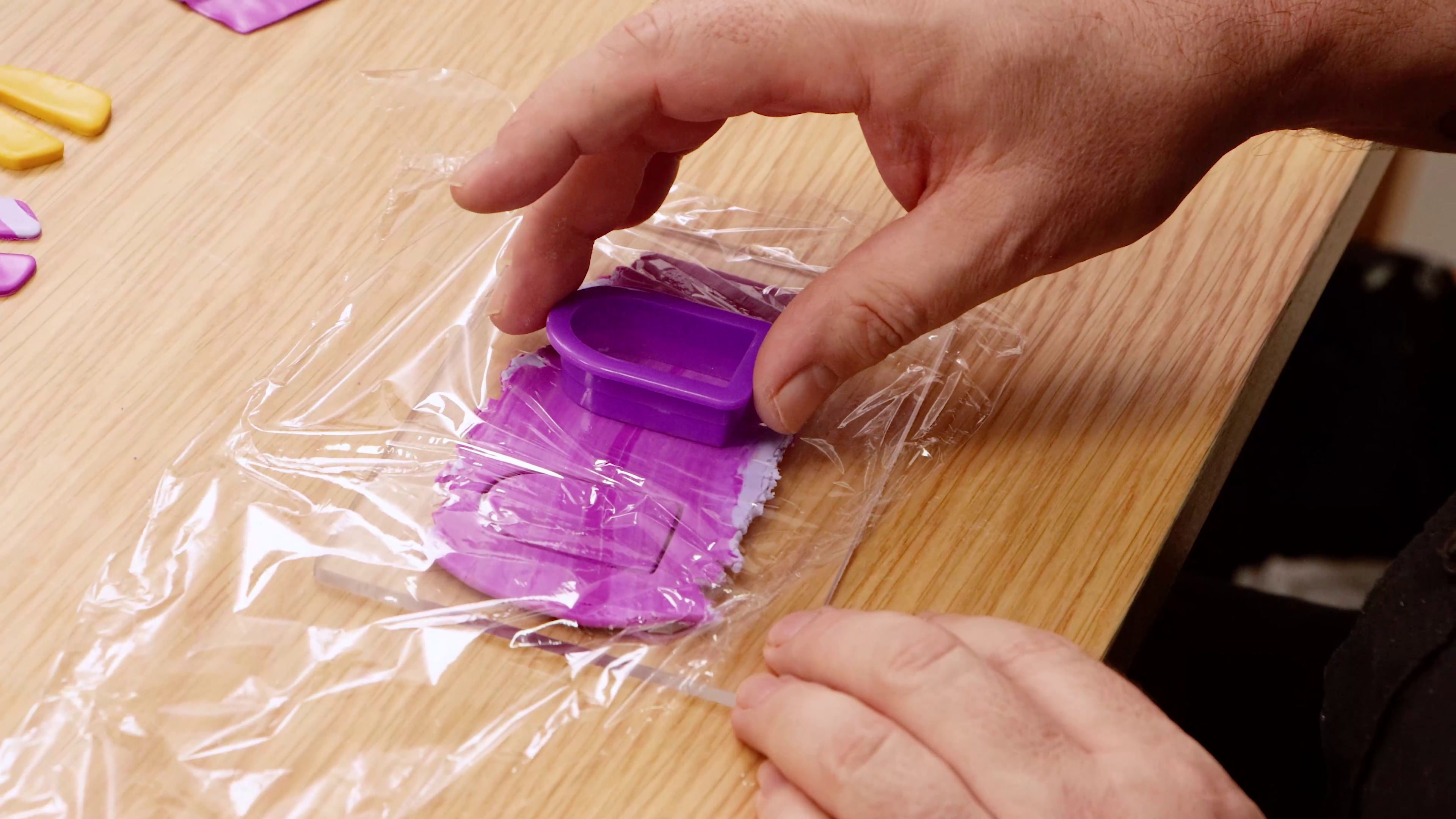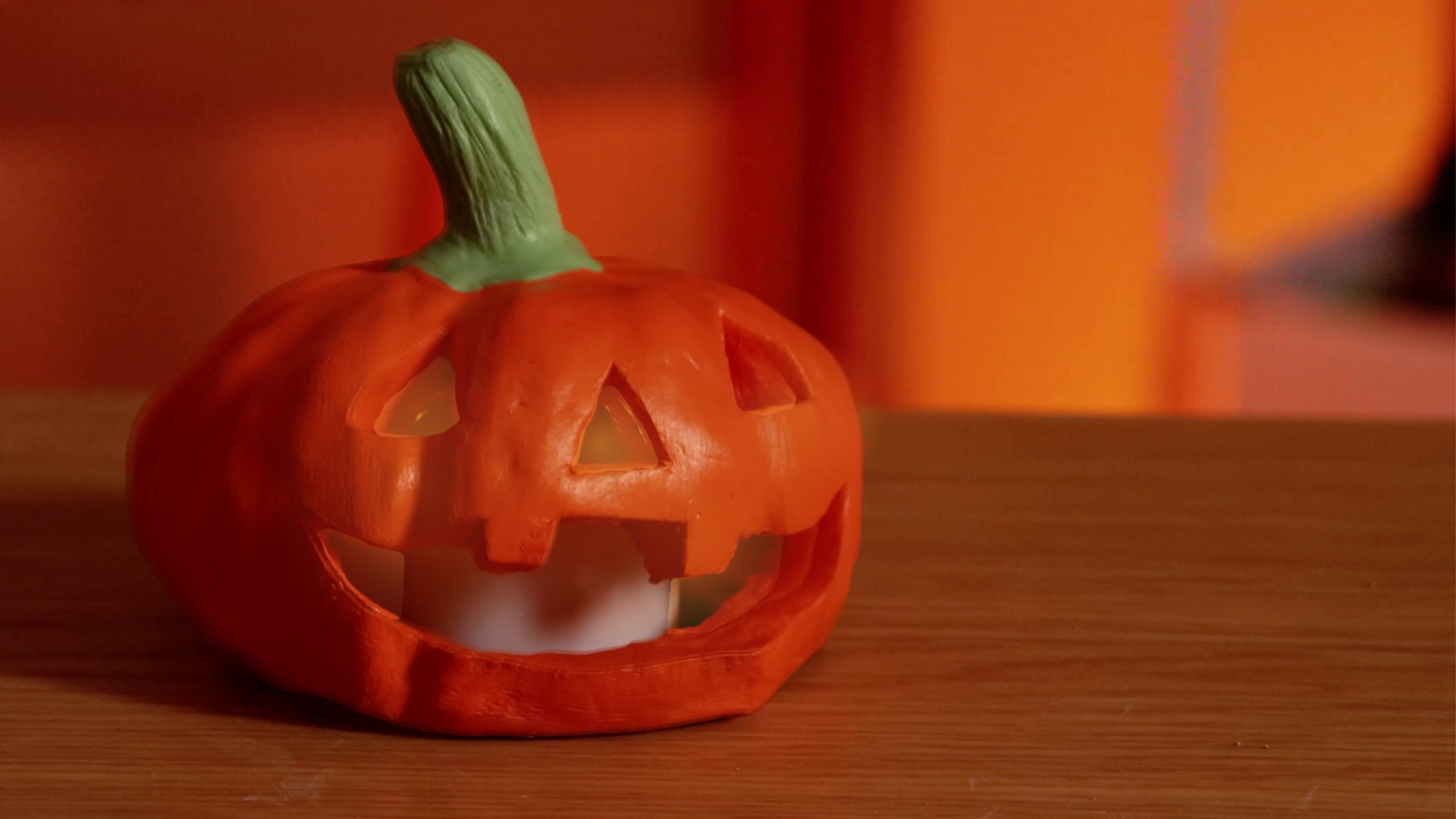What are complementary colours?
First up, what are they? Companion colours or complementary colours are opposites on the colour wheel. Think red and green, yellow and violet or blue and orange. These are high contrasting colours that are bold but work well together.
Complementary colours can help darken a tone for clean colours, but they can also be used for optical blends.
What are tones?
A tone or value, is the lightness or darkness of a colour. Yellow naturally has a light tone compared to a brown which will be naturally darker in tone. Why does this matter? When mixing your complementary colours, stick to pure colours as undertones can muddy your colours too.
How to use companion colours to darken tones
If you want to darken a tone, like a blue, then adding a black in the mix, can leave the blue looking too muddy or too dark. So, you might find using a complementary colour like red will darken the tone and you’ll get clean colours.
A colour wheel is a great way to pick the right colour, and you’ll be able to see exactly which colours work well together. Use a little of the companion colour like orange with a green to darken the tone. Keep mixing the colour until it’s as dark as you need.
Too much? You can also use a base colour with two colours on either side to lower the saturation, like blue, yellow and orange.
In this how-to, we’ve used oil paints to show you the bright colours, but you can do this with any painting medium. Have fun experimenting and see what works for you!
Looking for more? Check out how to mix skin tones using acrylics or check out more of our handy how-to videos.


